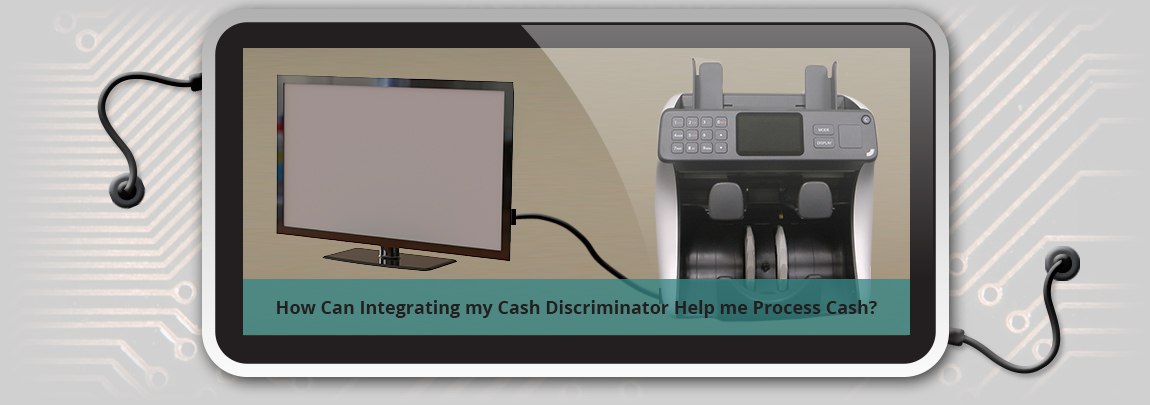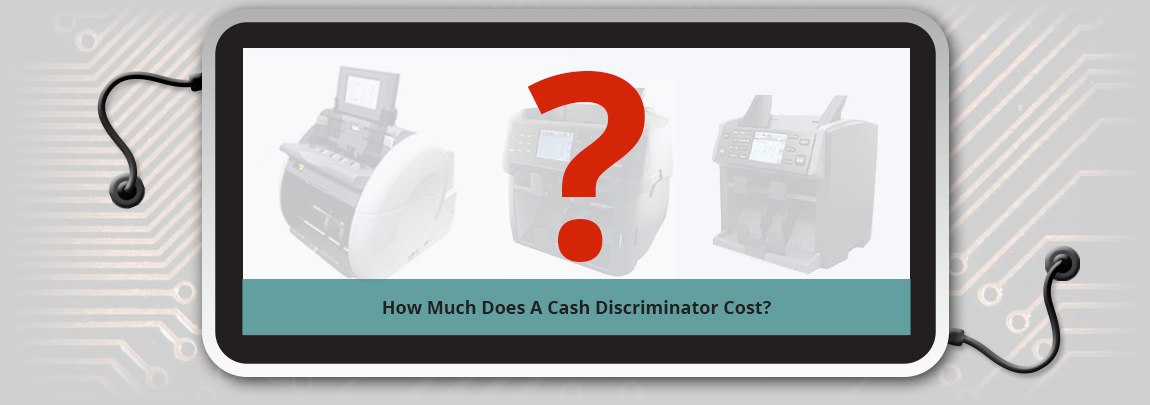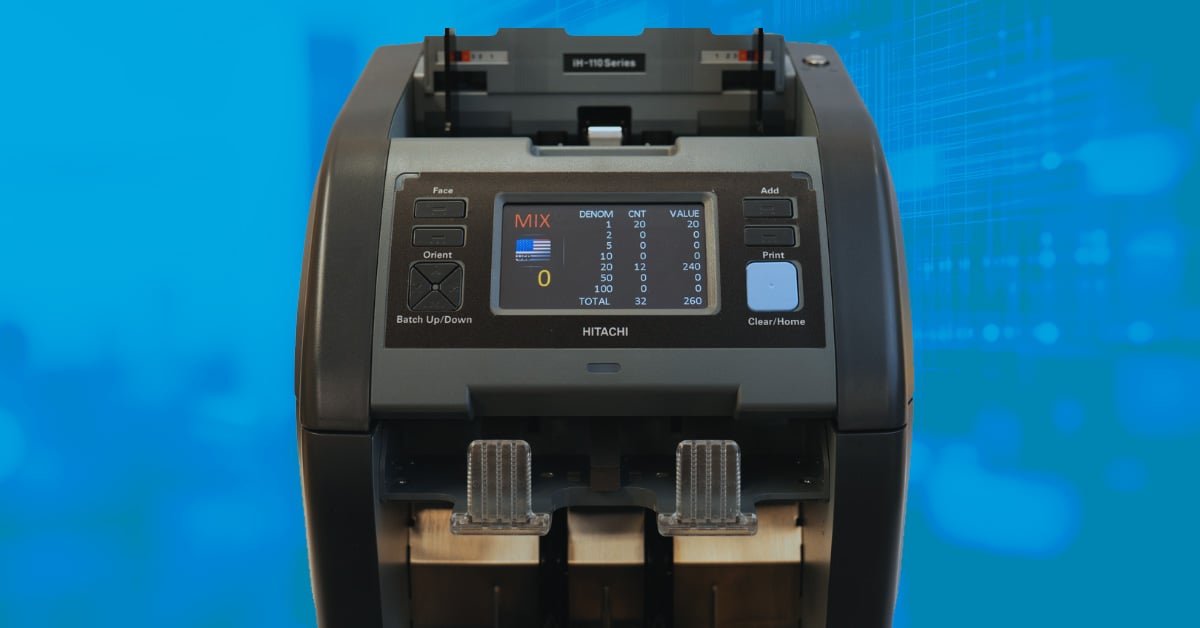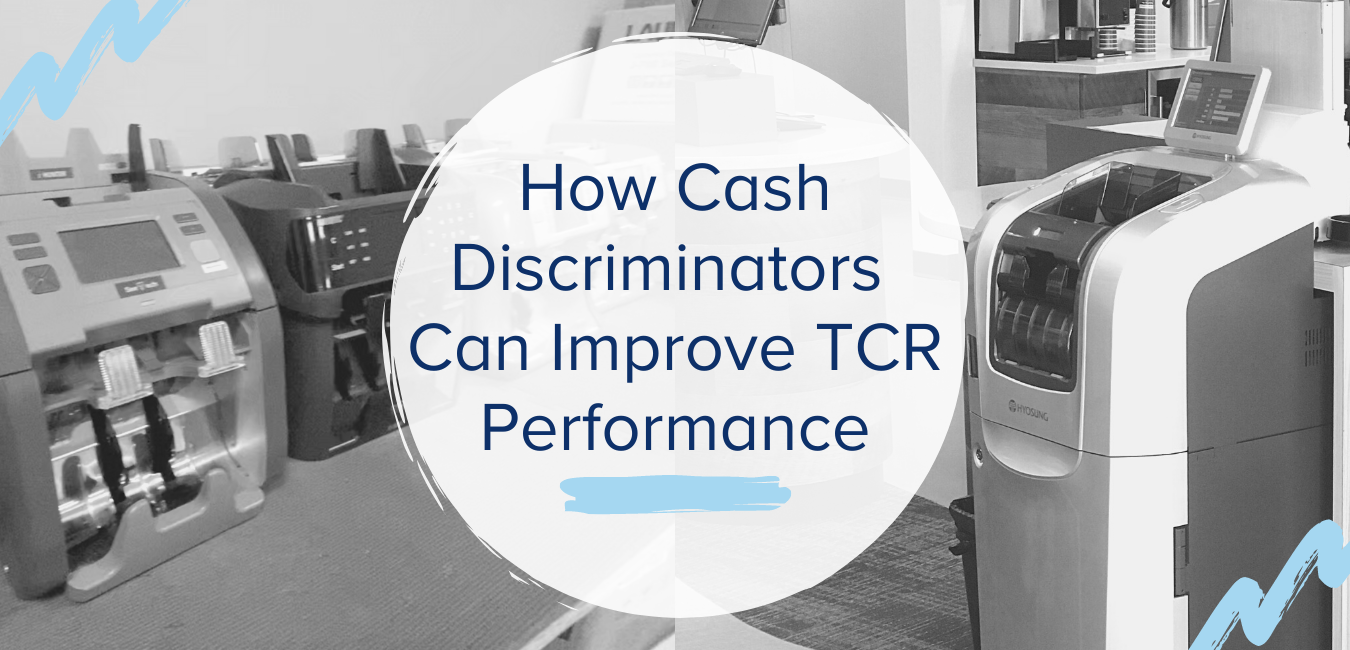How Much Does A Cash Discriminator Cost?
We work with a variety of financial institutions to identify ways to gain efficiency through automation in the retail branch setting. After over 30...
2 min read
 Sean Farrell
:
Aug 1, 2014 9:02:00 AM
Sean Farrell
:
Aug 1, 2014 9:02:00 AM


One of the most frustrating and time-consuming transactions at the teller line is the commercial or retail deposit. Some of these transactions can have multiple-deposit envelopes going to various accounts which creates a substantial challenge for the teller to make sure everything is done properly and accurately.
So one of the questions we receive constantly is “What's the BEST way to handle incoming cash”? It's also interesting to note that most teller overtime situations are a direct result of processing night-drop bags or commercial deposits. The great news is we have an answer for those problems and it will cost less than you think.
While there are many great automation tools available for handling cash, we find the best bang for your buck is often a cash discriminator. You might be asking, “What does a cash discriminator do, and how can it improve my teller operations”? Those questions are answered here. In simple terms, a discriminator can process mixed cash faster than just about any other device on the market. It can also sort, face and check for counterfeit notes, making it an extremely valuable solution. But today, let’s go a step further and talk about how QDS can add value by speeding up your cash processing, and doing so with fewer mistakes.
By using simple software, we can integrate your cash discriminator with your teller system's Cash-In screen. So your teller will run cash through the machine, get a total, and can then populate that cash breakdown by denomination into their Cash-In screen and be done. This helps accomplish a few great things. It greatly increases the speed at which cash can be authenticated, totaled and keyed into the teller system, reducing processing time by approximately 20-30%.
We often hear that many tellers don't denominate the deposit in the teller system because they "don't have time”. When an outage occurs, it makes finding the mistake much more time consuming if the cash deposits are not denominated. You can leverage multiple teller stations using just one machine without having to buy a separate machine for every window.
Discriminator with Integrated Commercial Deposit
One of the best features of this program is that it requires zero support from your teller system, despite putting data directly into that system. They don't even know it's there. We simply need administrative rights to install the software on the teller PCs or server (if you are running thin client), and in about an hour, we can have the whole branch operating more effectively. This solution offers a few different options:
Single User - One machine hooked up to one PC. This is ideal for commercial-only lanes, or very cash-heavy branches where one-machine-per-window makes sense due to volume.
BaseStation - One machine hooked up to a networked PC. This allows any teller on the line to use the software solution to fill their screen from a central point, spreading the benefit out across three, five, or even 10 tellers.
Wireless - While a more expensive option than BaseStation, this allows multi-user access as well, without the need for an extra PC. In this environment, the machine hooks up to a user-shared keypad, and then sends totals across the wireless network to populate the correct screen.
If you are interested in super charging your commercial-deposit processing or if you simply have large amounts of cash to process, this could be the quickest and least expensive solution to solve that problem and become more efficient today!

We work with a variety of financial institutions to identify ways to gain efficiency through automation in the retail branch setting. After over 30...

If you're running a branch, a retail operation, or a team that handles a high volume of cash, chances are you've already felt the drag of inefficient...

Both the Teller Cash Recycler (TCR) and Cash Discriminators are powerful tools that, when implemented, can magnify the productivity of a financial...